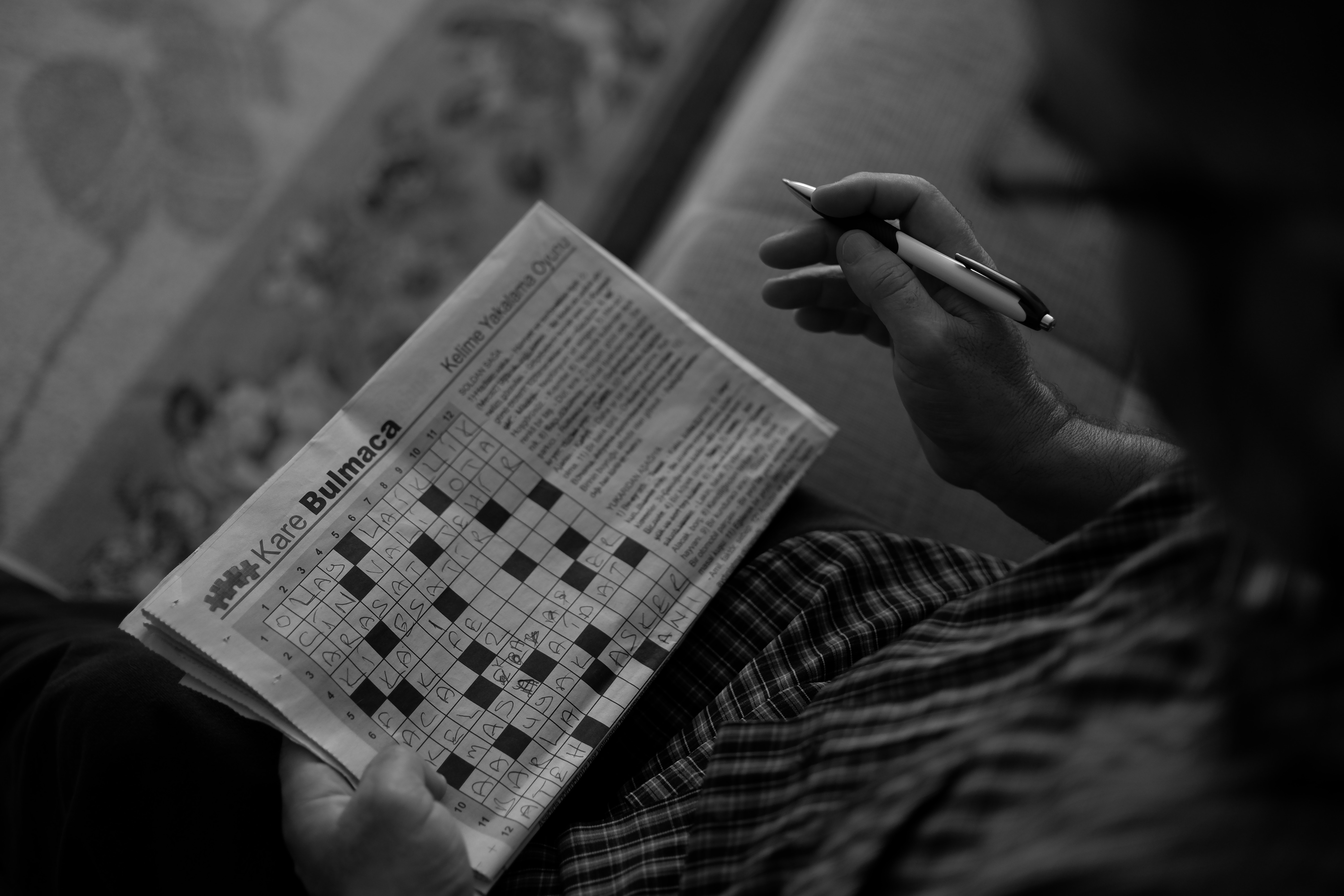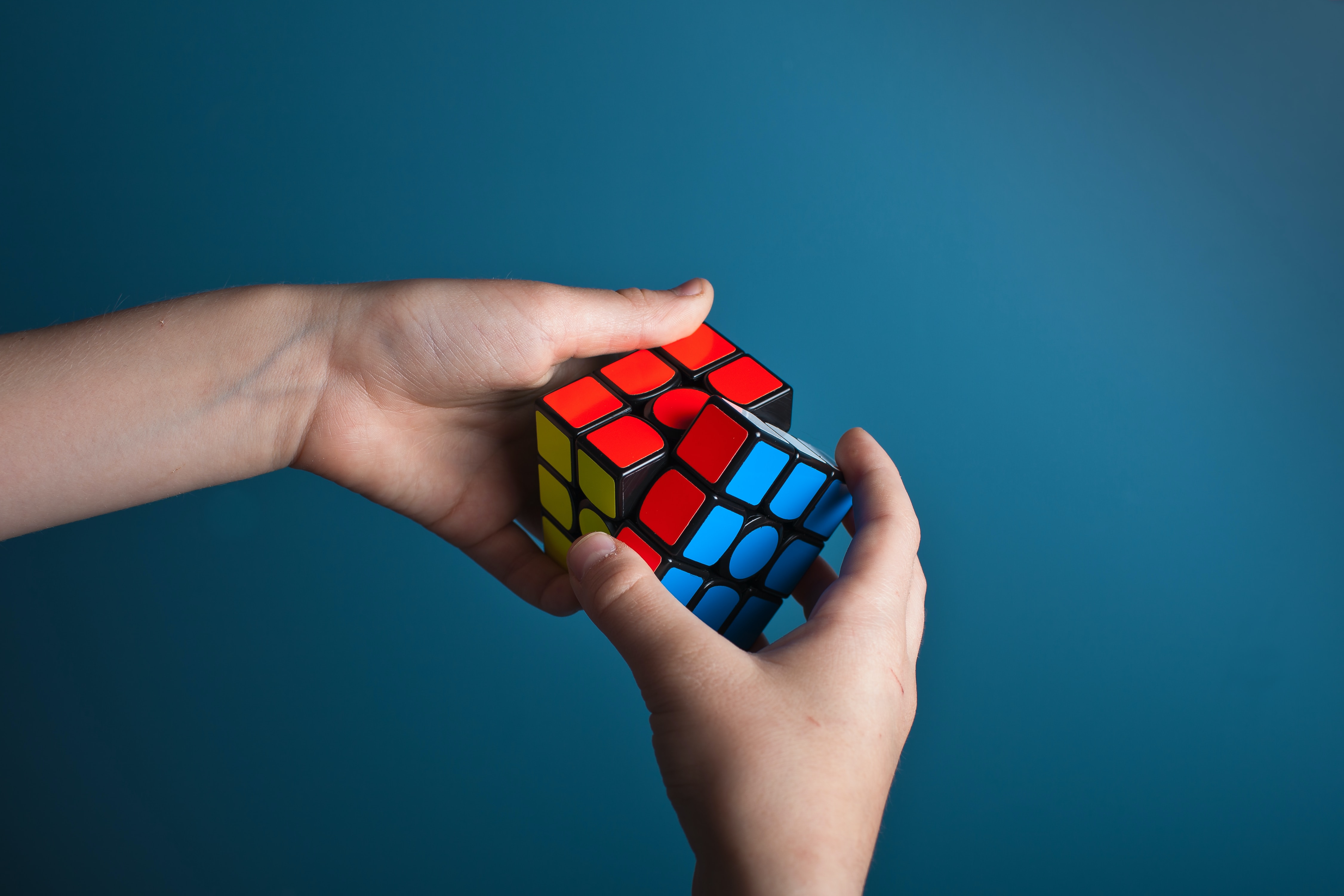The Evolution of Crossword Puzzles: From Victorian Parlors to Digital Domains
Crossword puzzles are a beloved pastime enjoyed by millions worldwide. These iconic word games, known for their cryptic clues and grid-based layouts, have a fascinating history that spans more than a century.
The Birth of a Phenomenon:
Victorian Roots:
The earliest ancestors of crossword puzzles can be traced back to the late 19th century, with simple word games and word squares popular among Victorian-era enthusiasts.
The Crucial Milestones:
Arthur Wynne’s Innovation:
In 1913, British-born journalist Arthur Wynne published the first recognizable crossword puzzle in the New York World newspaper. This puzzle, initially called a “word-cross,” featured the familiar grid layout and clues, setting the stage for what was to come.
Rise to Popularity:
Crosswords gained immense popularity in the 1920s, spreading to other newspapers and magazines. The first crossword dictionary was published, helping solvers tackle these challenging puzzles.
The Golden Age of Crosswords:
The New York Times Takes the Lead:
The New York Times introduced its crossword puzzle in 1942, quickly becoming the gold standard for crossword enthusiasts. Will Shortz, the Times’ crossword editor since 1993, has played a pivotal role in maintaining its reputation.
Innovation in Clue Styles:
During the mid-20th century, crossword creators experimented with different clue styles, including cryptic clues and themed puzzles, adding depth and variety to the genre.
Crosswords in Popular Culture:
Crosswords in Film and Literature:
Crossword puzzles have left their mark on popular culture, with appearances in films like “Wordplay” and novels like “The Crossword Murder.” They have become a symbol of intellectual pursuit.
The Digital Revolution:
Crosswords Go Online:
With the advent of the internet, crossword puzzles made a seamless transition to the digital realm. Online crossword communities, apps, and puzzle databases have made these games more accessible than ever.
Interactive Crosswords:
Interactive online puzzles, with features like hints and auto-fill, cater to solvers of all skill levels, ensuring that the tradition of crossword solving remains alive and well.
Conclusion:
Crossword puzzles have come a long way since their Victorian origins, evolving into a global phenomenon that spans print and digital platforms. They have challenged minds, entertained generations, and embedded themselves in the fabric of our culture. As we continue to embrace new technologies, crossword puzzles remain a testament to the enduring appeal of intellectual engagement and the joy of solving. Whether you’re a pencil-and-paper purist or an app aficionado, the crossword puzzle’s rich history ensures its place in our hearts and minds for years to come.




